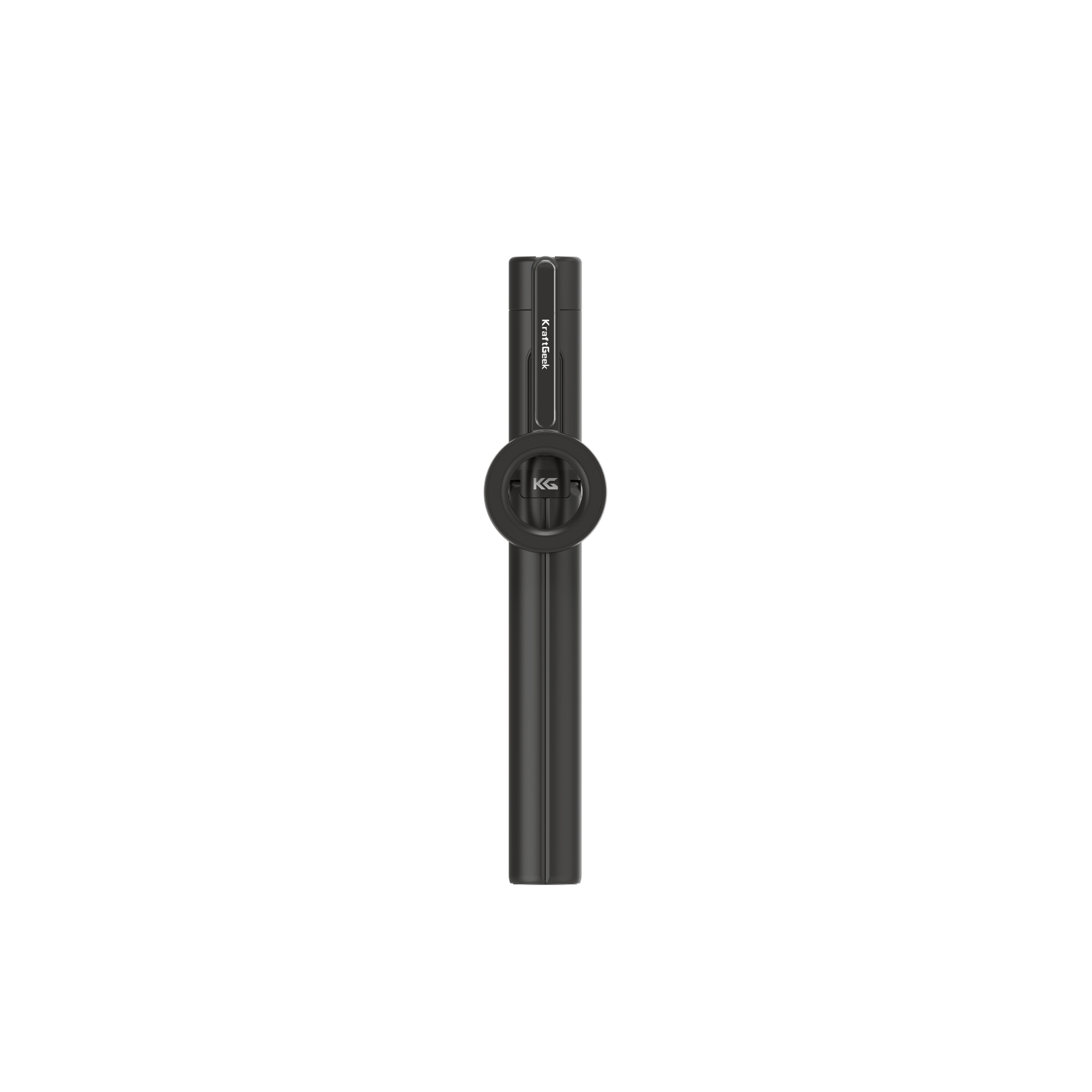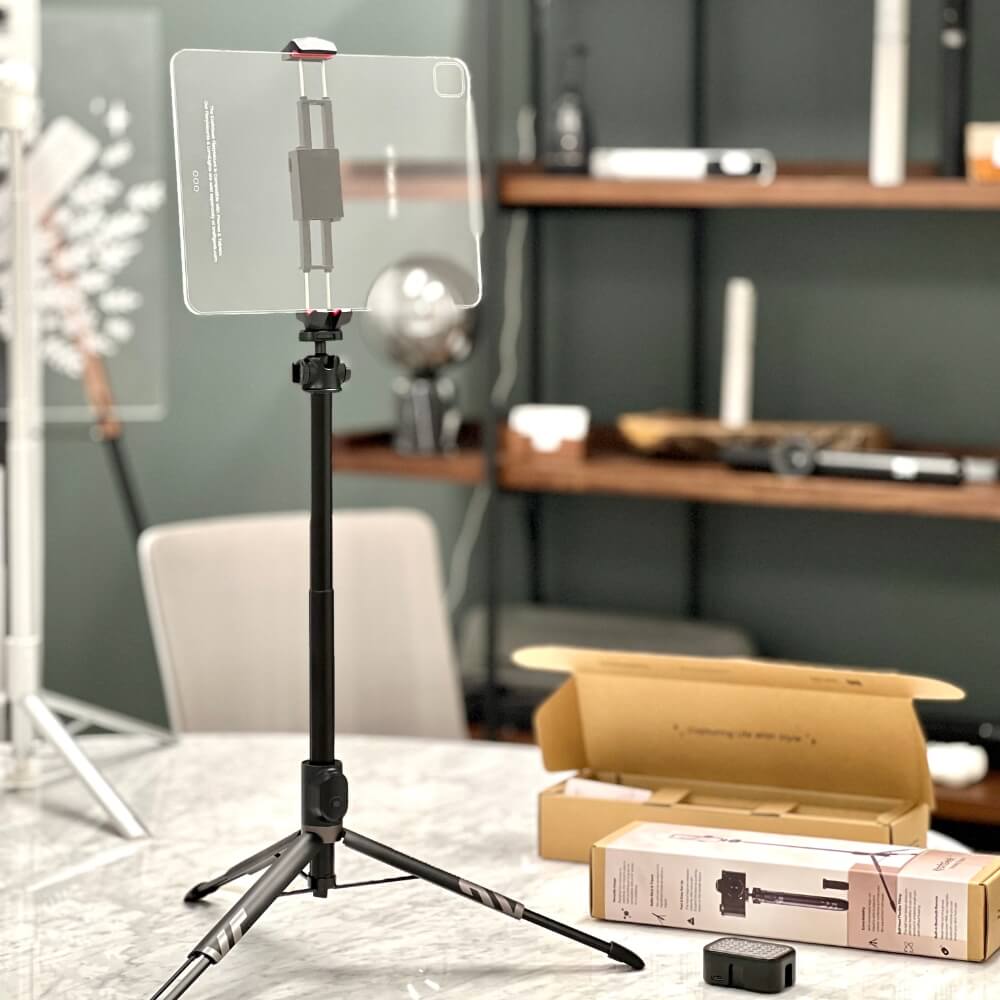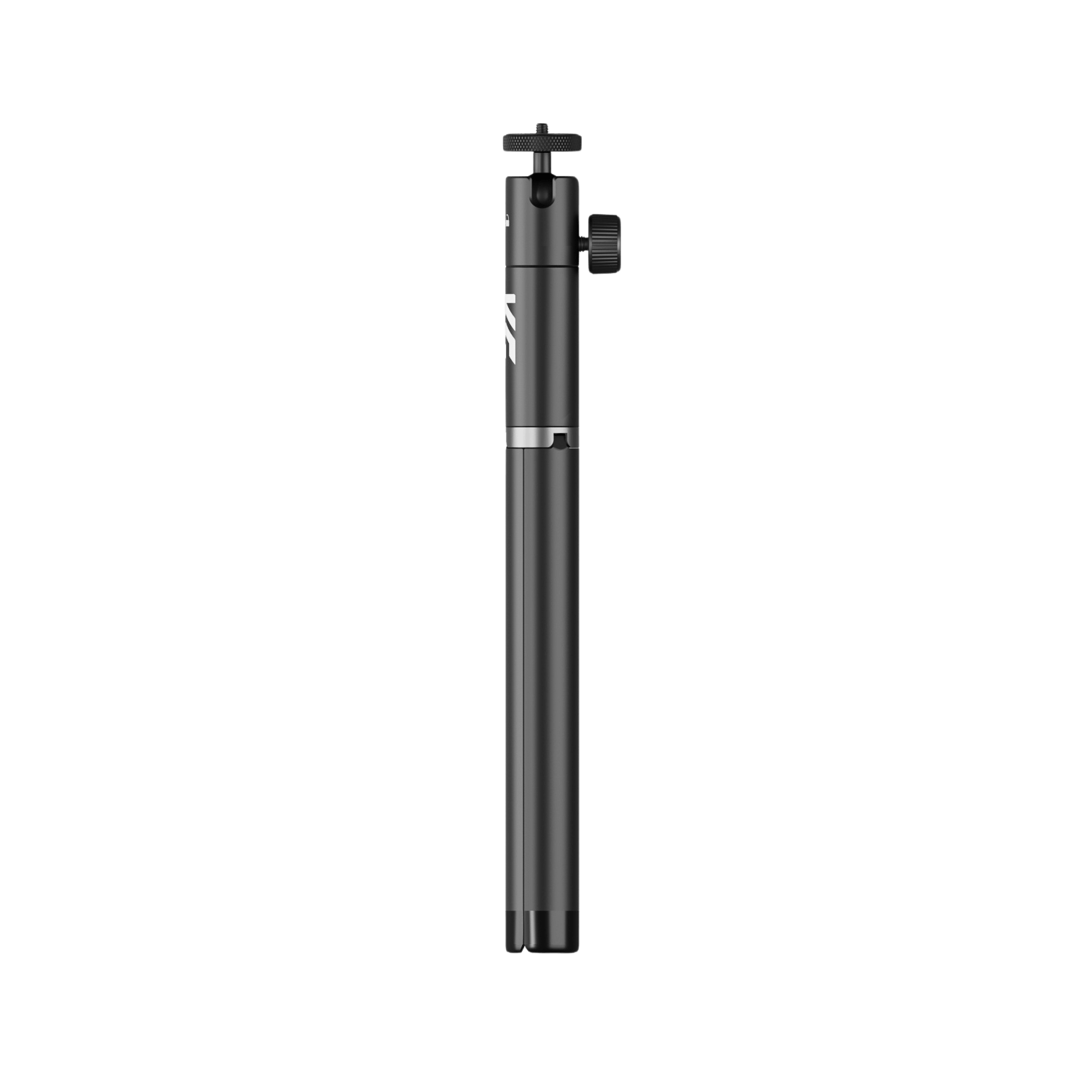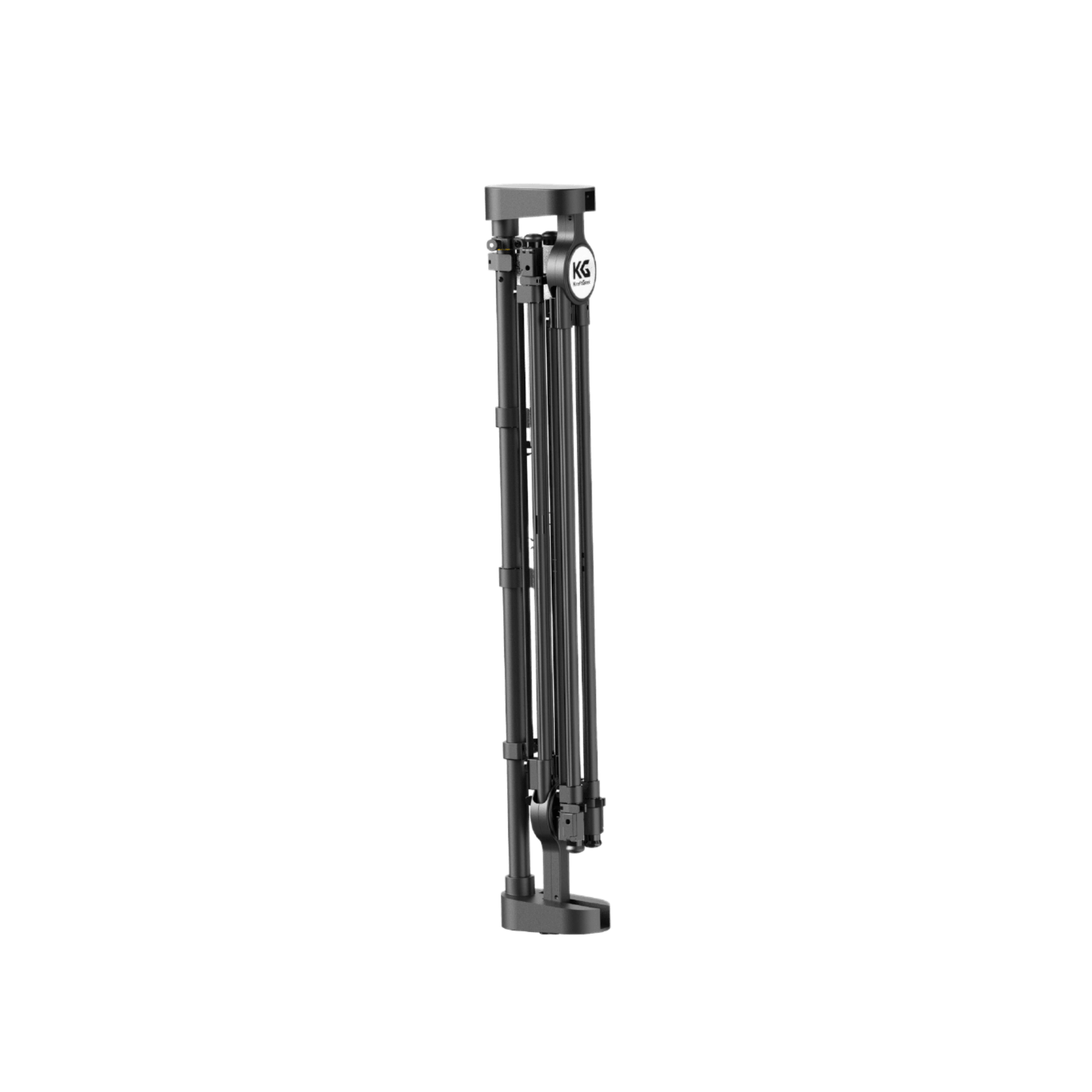Your finger placement on the neck of a guitar - specifically how you align your fingers and your thumb - affects your accuracy in fretting the notes, cleanly making the chords, and avoiding strain or injury to a greater extent. The proper hand position has a rather huge impact, not only on the level of your playing but also on your entire subsequent musical experience.
Proper Finger Placement
Ensuring that the fingers are within the right distance from the fretwires is important for making crisp, articulate sounds. The very close proximity of your finger to the fretwire leads to the creation of a greater break angle against the fret, which in turn permits free vibration and a clear tone of the string.
Fingers that are too far behind the fret will result in a buzz or mute because the string will not be in correct contact with the fret. Lastly, the closer your fingers are to the frets, the less amount of pressure they will require in order to fret a note, resulting in efficiency and making playing for long periods of time less tiresome.
- Here are some suggestions, for achieving finger placement when playing the guitar:
- Start by positioning your finger to the fret without touching it directly.
- Experiment with finger positions to find the spot where the note sounds clear with little effort.
- Listen closely to the sound as you press down on the strings and adjust your finger position accordingly.
- Keep your hand relaxed and natural allowing your fingers to move freely along the fretboard.
Fingertip Accuracy And Sweet Spots
Fingertip accuracy is important for playing notes and is controlled using the tips of your fingers on a guitar's narrow fretboard and individual strings. Unlike some instruments in which a little aberration won't ruin the sound, guitars require accuracy in playing with the right amount of pressure so the sound would be clear and resonant.

The moment your fingertips get the perfect position on the cords again, you can put the exact amount of force needed to achieve clean and rich sounds. That precision is key to accuracy in playing chords, melodies, and complex parts in a confident and clear manner.
Identifying Sweet Spots on Fingertips
The word "sweet spots" stands for certain points on your fingertips where you can better play notes on a guitar. These areas are not universal for every person but rather specific to the hand size and shape of each individual. These places are most commonly at the tip of your fingers at the part where your skin meets the nail.
- Start by trying out several lying finger positions on the fretboard, paying attention to touching the strings with accuracy.
- Be mindful of the feedback given to you by the guitar — a clear and resonant note indicates that you have achieved the right positioning of your fingers, whereas, buzzing or muted sounds may hint at errors such as faulty finger placement.
- As you practice, visualize the location of the sweet spots on your fingertips and aim to consistently land on these areas when fretting notes.
Thumb Positioning For Stability
The thumb remains a vital transitional mark for a guitarist on the guitar neck as it is instrumental in keeping the hand steady and secure while plucking notes and chords. It is over this position that the fingers are aligned and that the angle is set and these two elements are critical for having a clean and accurate sounding.
- First, place your thumb where it would be opposite your fingers on the neck, in a laidback and casual position.
- You should try to prevent over-stretching or excessive bending of the thumb as this situation can lead to muscle tension and pain.
- You will move the thumb to a slightly relaxed curve shape, touching the tip either to the sky or to the headstock.
Curvature Of The Fingers
Maintaining a curved shape in the fingers when fretting notes helps prevent unintentional contact with adjacent strings, ensuring clean and distinct notes. Proper curvature also facilitates smooth transitions between chords and individual notes, allowing for fluidity and agility in playing.

Optimal finger curvature is generally achieved with hand positions that are natural, relaxed, and in which your fingers have gently arched over the strings. Avoid too much tension or rigidity in fingers as the pen cannot move fluently and smoothly this way. Instead of focusing on only one of these, try to implement a balance of comfort with flexibility. This way, your fingers can make smooth, easy movements across the fretboard.
Wrist Position
Achieving the correct wrist angles is the key to reducing tension on your forearms, avoiding strain injuries, and ensuring overall comfort during the course of a game. An adequate wrist position is one of the foundations for extensive fretboard movements, which, in turn, make chord, scale, and or melodic performances more precise and accurate.
There are many mistakes guitar players make when it comes to wrist position and this can be very uncomfortable, perhaps fatigue and even hurt your hand. An ordinary issue is that of wrist bending or stretching too much which in turn strains the tendons and nerves passing through the carpal tunnel causing syndromes.
Hand Position Exercises And Practice Tips
Finger Placement Drills
- Begin with focused finger placement drills
- Sequentially place fingers on each string
- Lift and place fingers individually
- Increase speed and accuracy gradually
Chromatic Scale Exercises
- Work on ascending and descending chromatic scales
- Focus on finger coordination and dexterity
- Minimize tension in hand and wrist
- Practice smooth chord transitions
Utilize Guitar and Music Stands
- Utilize a guitar stand for accessibility
- Position guitar at a comfortable height
- Use a music stand for sheet music
- Promote good posture and reduce strain
Focus on Relaxation and Awareness
- Prioritize relaxation and mindfulness
- Check hand and wrist posture regularly
- Make adjustments for comfort and efficiency
- Take short breaks and stretch hands
Product Recommendations
Conclusion
Maintaining proper hand position not only improves your playing proficiency but also contributes to your overall enjoyment and longevity as a guitarist. By integrating the tips and methods described in this blog into your practice exercises, you will enhance your mastery, ease, and emotiveness in your guitar performances. This will enable you to explore into genres and styles with assurance and grace.










